Vietnamese farmers to be guided on low-carbon rice production

A consultation workshop for the Modernized and Low-carbon Rice Production Transformation (ModeLRice) is co-held by the Ministry of Agriculture and Rural Development and the IRRI in Hanoi (Photo: VNA)
Vietnamese rice businesses and farmers are still lacking awareness of low-carbon rice production, said Nguyen Van Hung, an expert from the International Rice Research Institute (IRRI).
Rice production in Vietnam is inefficient, showing a lack of integration and low precision that leads to loss and overuse of inputs, Hung said in the consultation workshop of Modernized and Low-carbon Rice Production Transformation (ModeLRice) co-held by the Ministry of Agriculture and Rural Development and the IRRI in Hanoi this week.
Investment in technology and machinery was not synchronised or suitable for the specific scale and needs of the sub-region. Farmers have limited access to technology and end-market information, especially on sustainable, low-carbon and GAP standard rice production, he said.
According to Hung, the ModelRice project’s objective is to transform rice production in Vietnam and Laos to a low-carbon path with modern technologies that are climate-smart, profitable and sustainable.
The project will help increase annual rice income by at least 5 percent and reduce rice carbon by 20 percent each year, equivalent to 50,000 tonnes of CO2.
In the first three years of implementation, about 15,000 farmers will benefit from the project, rising to 20,000 after six years.
More importantly, the project will enhance the capacities of national partners to adopt and scale up low-carbon rice production as well as enable policies and investment to support expansion of the production model.
According to Hung, the main limiting issues in rice production in the two countries are salinity intrusion, drought, high rate of seed use, overuse of agro-chemicals, inefficient water management, post-harvest losses and rice straw burning and incorporation in flooded fields that leads to high greenhouse gas emissions.
Food demand will double by 2050 and consumption will be on a sustainable trend, so countries must give priority to reducing greenhouse gas emission in agriculture, especially in rice production.
Therefore, it is necessary to enhance cooperation among farmers, co-operatives and businesses under contract farming and expand the large field model.
Rice production could reduce carbon-footprints by introducing more efficient solutions for water management, input optimisation, minimisation of energy consumption, crop and post-harvest losses, and use of climate smart maps and adaptation plans.
The ModelRice project was proposed in the context of agriculture in Vietnam and Laos facing greater demands and challenges.
Rice is not only one of the top priority industries of the two countries, but plays an important role in ensuring food security for more than 100 million people, most living in rural areas.
In Vietnam, rice production accounts for 30 percent of agricultural production, while in Laos it makes up 80 percent of land cultivation area with an annual yield of 4 million tonnes.
Rice production is the largest source of greenhouse gas emissions in agricultural production. However, localities still mainly focus on economic goals and food security, neglecting emission reduction.
The IRRI proposed the project to develop, test and establish viable business models for large scale and value chain strategies suitable for low-emission rice.
The project, which is expected to start in 2023, will focus on major rice-producing regions, including’s three leading rice-producing provinces of An Giang, Dong Thap and Can Tho in the Mekong Delta region, and the Laos provinces of Khammouan, Bolikhamxai and Xaignabuly./.
Related News

Developing specialty coffee to enhance the value and reputation of Vietnamese coffee
09:51 | 10/06/2024 Import-Export
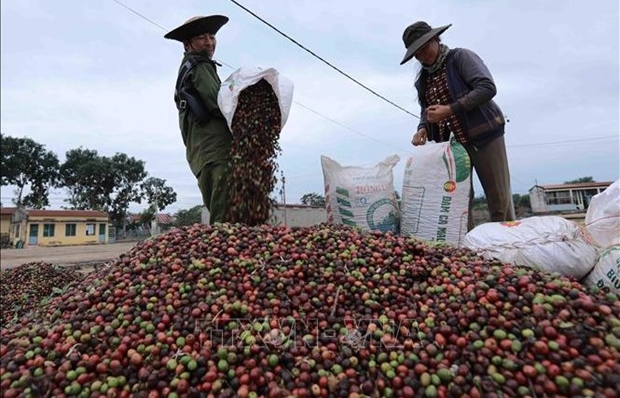
Businesses, farmers yet to benefit from recent coffee price hikes
16:44 | 24/05/2023 Import-Export
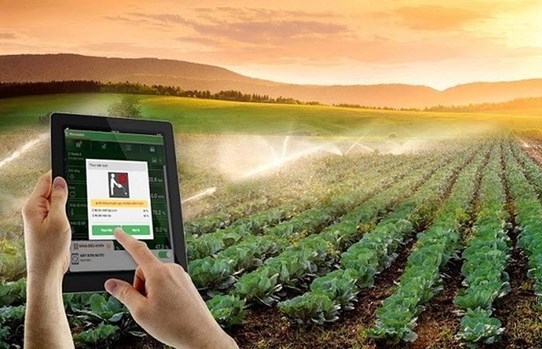
Businesses, farmers team up for sustainable growth
17:09 | 01/02/2023 Import-Export
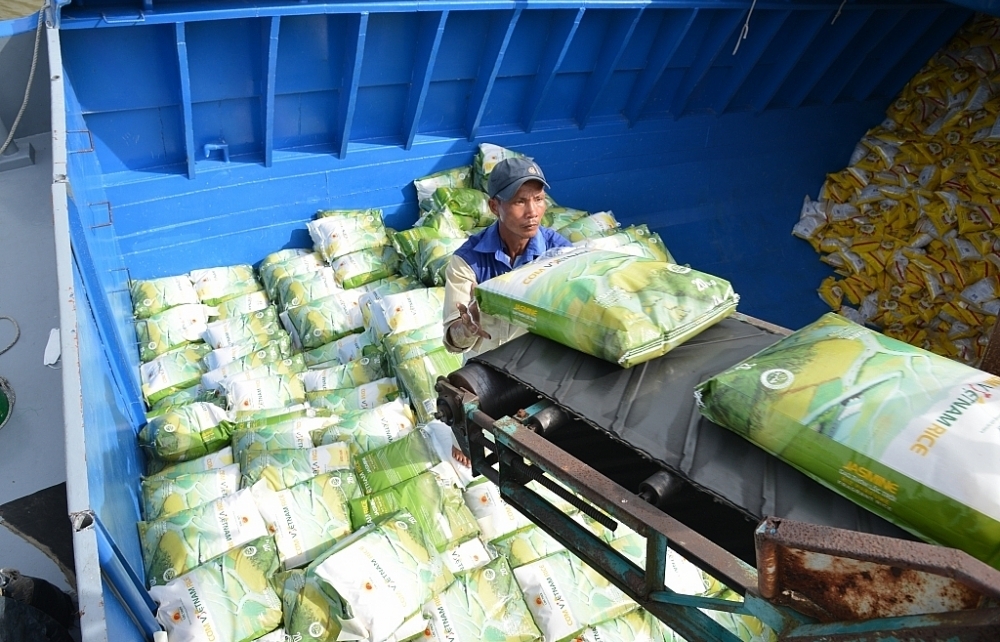
Continuing good news for Vietnamese rice brands
19:44 | 18/07/2022 Import-Export
Latest News

Nghệ An Province anticipates record FDI amidst economic upswing
15:49 | 26/12/2024 Import-Export

Green farming development needs supportive policies to attract investors
15:46 | 26/12/2024 Import-Export

Vietnamese enterprises adapt to green logistics trend
15:43 | 26/12/2024 Import-Export
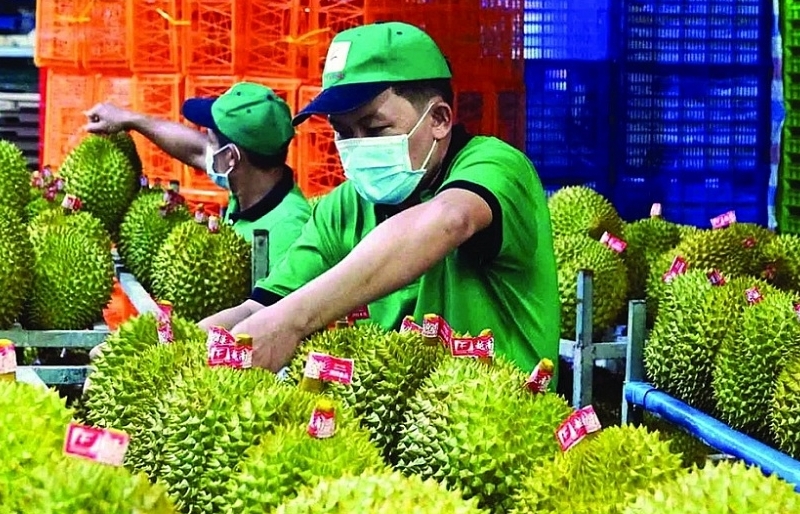
Paving the way for Vietnamese agricultural products in China
11:08 | 26/12/2024 Import-Export
More News

VN seafood export surpass 2024 goal of $10 billion
14:59 | 25/12/2024 Import-Export

Exporters urged to actively prepare for trade defence investigation risks when exporting to the UK
14:57 | 25/12/2024 Import-Export

Electronic imports exceed $100 billion
14:55 | 25/12/2024 Import-Export

Forestry exports set a record of $17.3 billion
14:49 | 25/12/2024 Import-Export
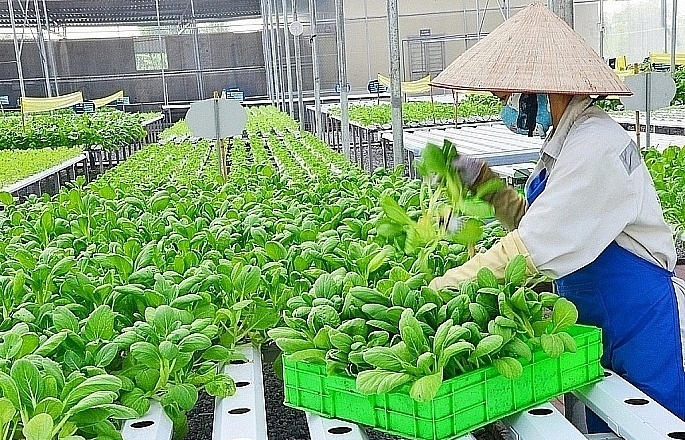
Hanoi: Maximum support for affiliating production and sustainable consumption of agricultural products
09:43 | 25/12/2024 Import-Export

Việt Nam boosts supporting industries with development programmes
13:56 | 24/12/2024 Import-Export

VN's wood industry sees chances and challenges from US new trade policies
13:54 | 24/12/2024 Import-Export

Vietnam's fruit, vegetable exports reach new milestone, topping 7 billion USD
13:49 | 24/12/2024 Import-Export

Aquatic exports hit 10 billion USD
13:45 | 24/12/2024 Import-Export
Your care

Nghệ An Province anticipates record FDI amidst economic upswing
15:49 | 26/12/2024 Import-Export

Green farming development needs supportive policies to attract investors
15:46 | 26/12/2024 Import-Export

Vietnamese enterprises adapt to green logistics trend
15:43 | 26/12/2024 Import-Export

Paving the way for Vietnamese agricultural products in China
11:08 | 26/12/2024 Import-Export

VN seafood export surpass 2024 goal of $10 billion
14:59 | 25/12/2024 Import-Export





